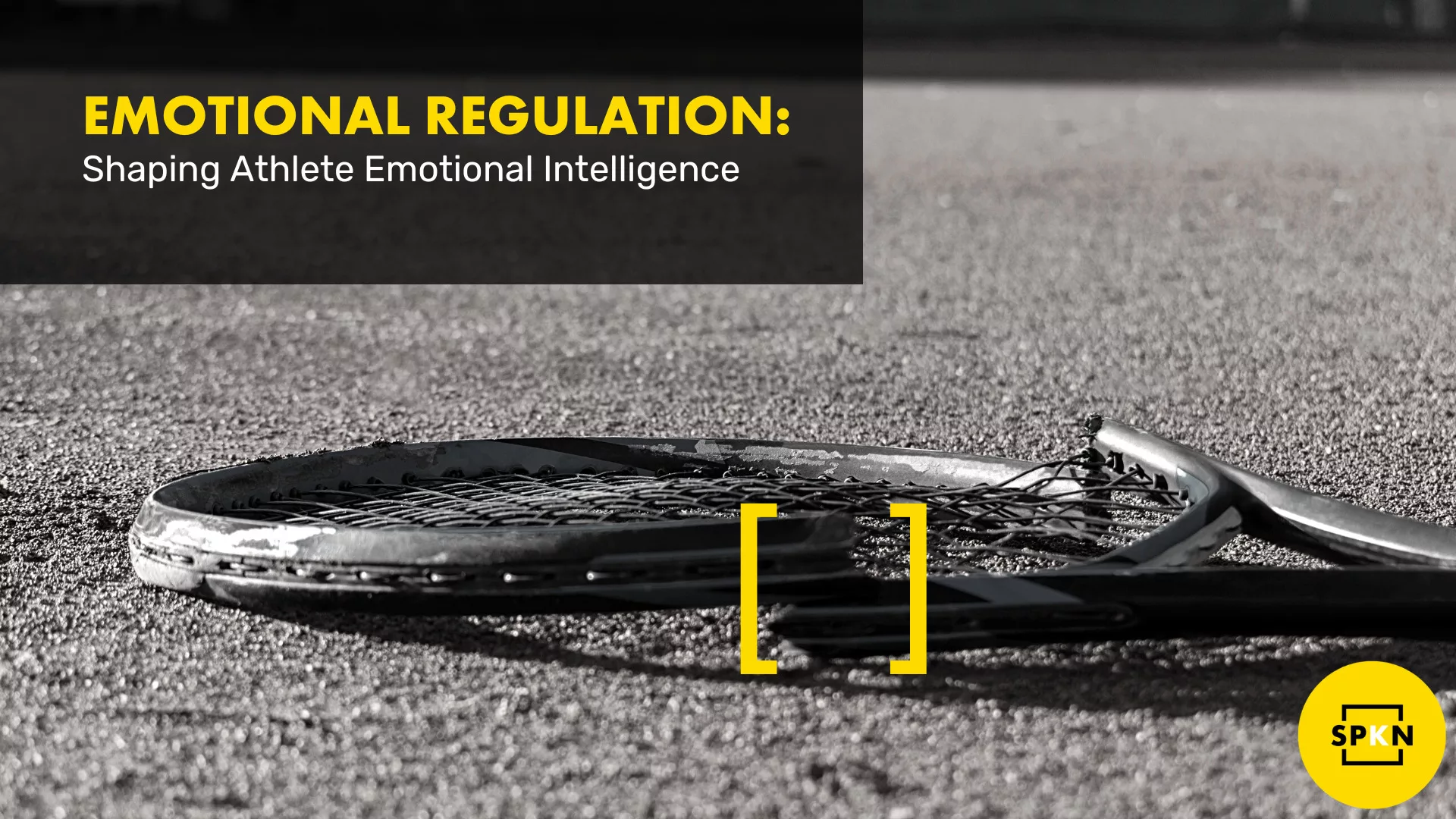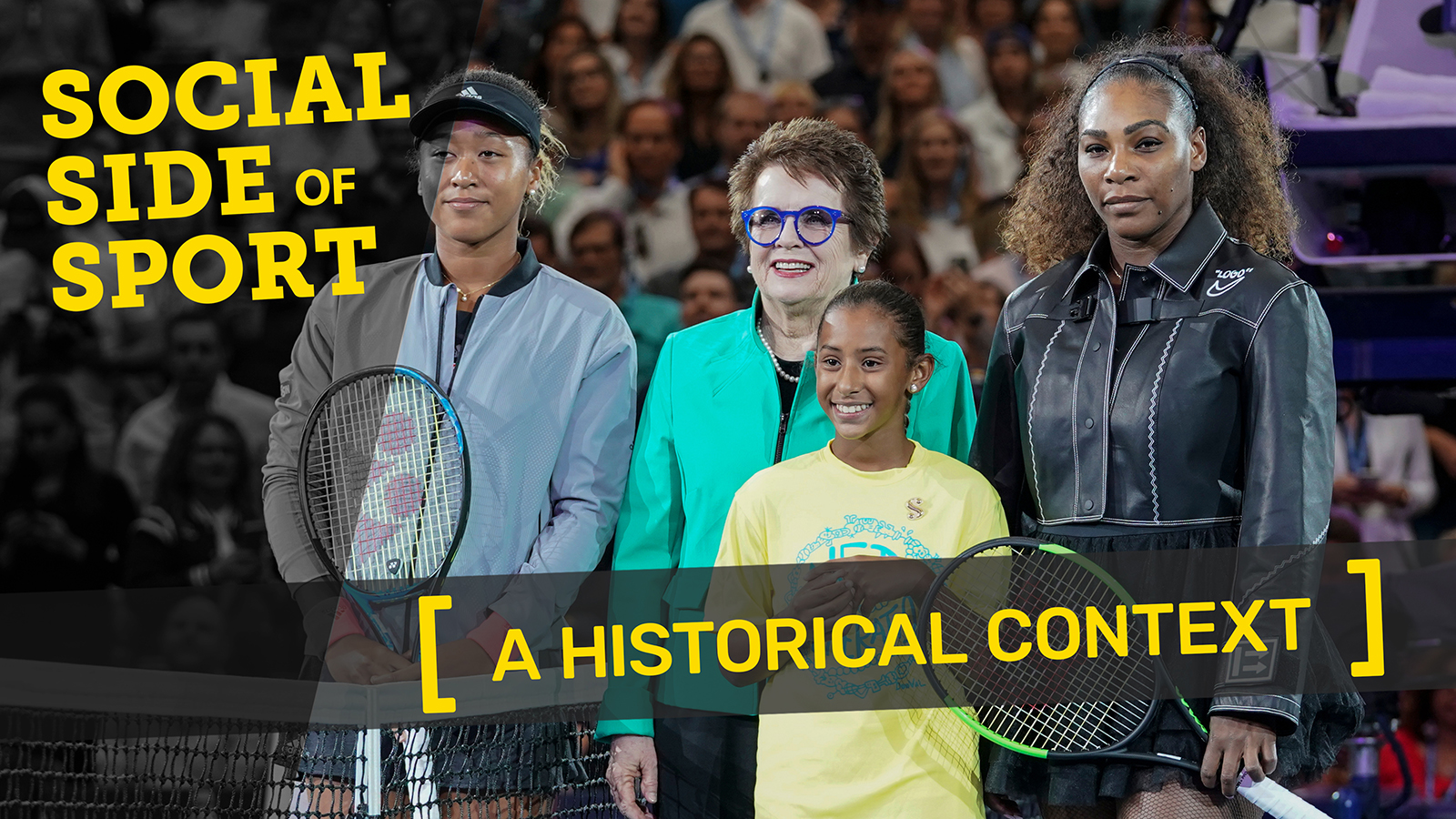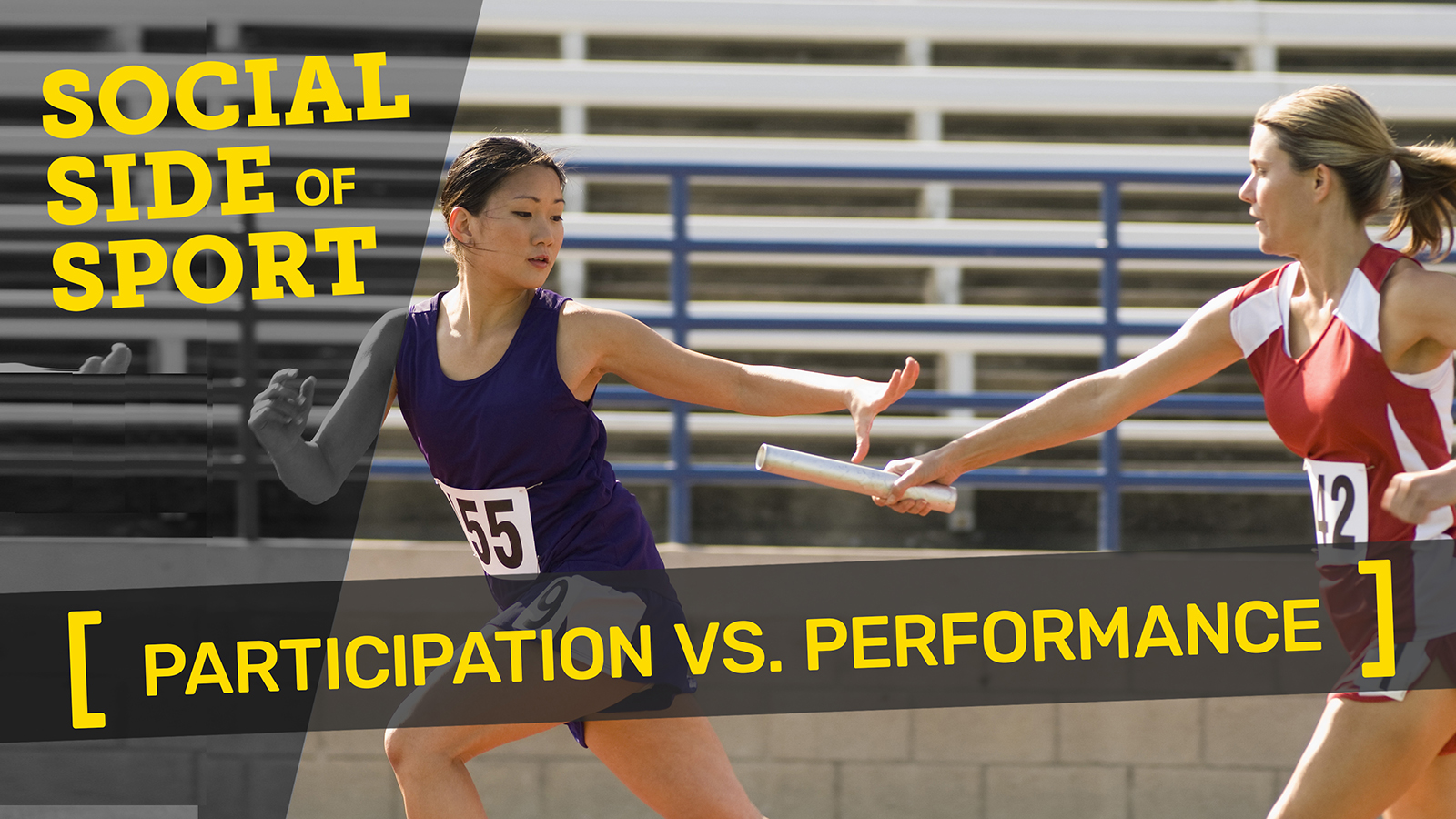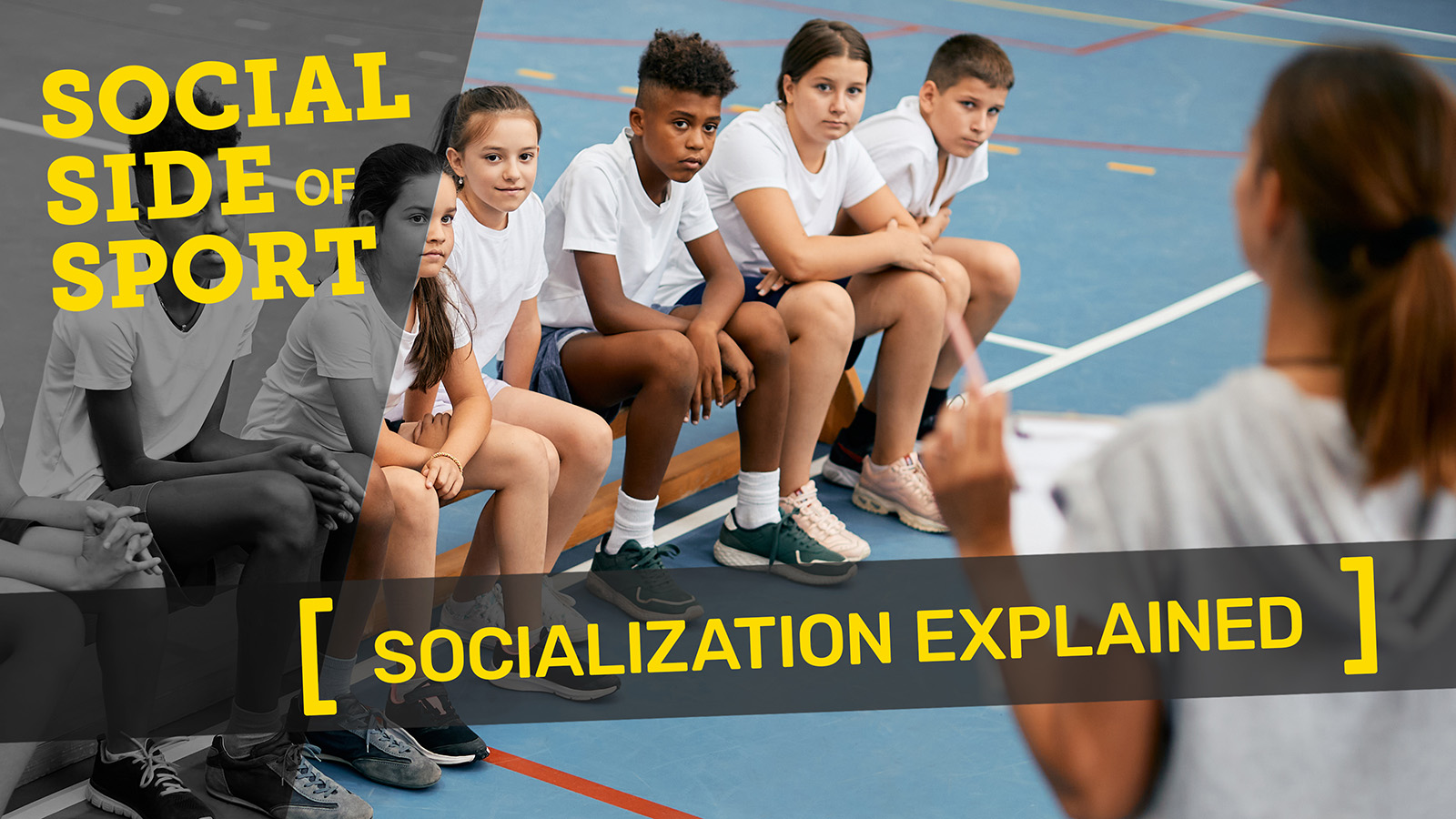Mental training)
It was William Benjamin Carpenter (1813 85; 1874)
who first introduced the concept of the ‘ideomotor
effect’ that was subsequently sometimes referred to
later as the ‘Carpenter effect.’ This concept outlined
ideomotor actions as automatic actions resulting from
an idea on a higher level. Carpenter emphasized the
case of the perception of another’s action that then triggers
an involuntary activation of the observer’s motor
system. Even though he focused particularly on visual
perception as the main source of the idea, later research
sometimes placed the Carpenter effect in the context of
motor imagery.
However, the Carpenter effect never played any significant
role in the scientific discourse. This was probably
because Carpenter himself used the concept to
interpret esoteric phenomena such as pendulum swinging
and mind reading. In contrast, there has been extensive
research on the phenomena that he had taken as
his key starting point. For example, in the field of
action perception, it has been shown that observing
another’s movement can even trigger deviations in
one’s own movement direction (Kilner, Paulignan, &
Blakemore, 2003). Moreover, in a pioneering paper,
Jacobson (1930) showed how performing motor imagery
tasks can elicit peripheral physiological effects.





















